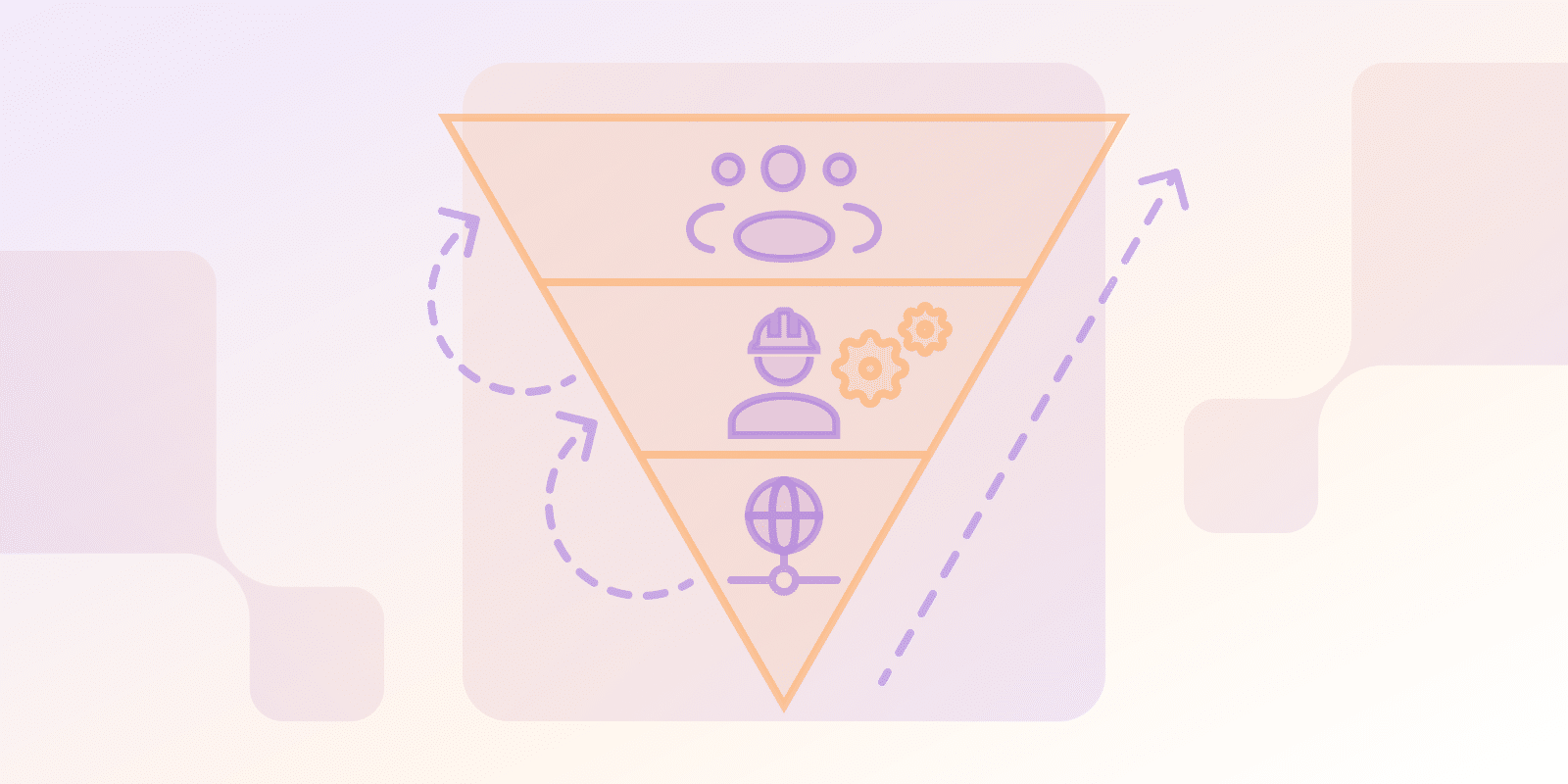Cloud Service Models
What is a Cloud Service Model?

What is a Cloud Service Model?
Cloud service models are the way in which computing services are fulfilled through the internet. Basically, you will rent rather than own the physical hardware and software, which is then accessed through the cloud as a pay-as-you-go service.
What are the main Cloud Service Models?
The three main cloud service models are:
- Software as a Service (SaaS): This service is ready-to-use software accessed through an application via a mobile app or web browser. Examples include Google Workspace, Microsoft 365, Salesforce.
- Platform as a Service (PaaS): Removing the need to manage servers, storage, or operating systems, PaaS is a platform for developers to build, test, deploy, and manage applications. Examples include AWS Elastic Beanstalk, Google App Engine, and Heroku.
- Infrastructure as a Service (IaaS): With minimal limits over your infrastructure, compared to PaaS and SaaS, IaaS provides digital services such as virtual machines, storage, and networks. Examples include AWS EC2, Google Compute Engine, Microsoft Azure Virtual Machines.
What are the key differences between SaaS, PaaS, and IaaS?
The main differences between the cloud service models are:
| Feature | SaaS | PaaS | IaaS |
|---|---|---|---|
| Control & Management | |||
| User Controls | Applications only | Applications and data | Applications, data, runtime, middleware, OS |
| Provider Controls | Full infrastructure and software stack | Infrastructure and development platform | Physical infrastructure only |
| Management Complexity | Minimal | Moderate | High |
| Usage & Implementation | |||
| Primary Users | End users | Developers | IT Administrators |
| Technical Expertise Required | Minimal | Moderate to High | Extensive |
| Typical Use Cases | Email, CRM, productivity suites | Application development and testing | Virtual machines, data storage, hosting |
| Business Considerations | |||
| Cost Structure | Subscription-based, per user | Usage-based, development focused | Resource consumption based |
| Scalability | Limited to application features | Platform-dependent scaling | Highly flexible scaling |
| Customization Level | Limited to application settings | High within platform constraints | Complete infrastructure control |
Why is SaaS Considered a Type of Cloud Computing?
The applications are hosted on the provider’s servers, which are then accessed via the internet; SaaS is considered a cloud computing model because there is no need to install and maintain the software on any of their own hardware.
How to Choose the Right Cloud Service Model for Your Business
For a good fit, consider the following factors:
- Budget: Consider what you are willing to spend, but keep in mind that it ranges from SaaS to IaaS when it comes to the differences in expense.
- Business Needs: Think about your unique needs. Do you require a full software application and development platform?
- Control: If this is a factor, consider that IaaS offers the most, while SaaS offers the least.
- Technical Expertise: Does your team have the necessary knowledge? SaaS requires the least technical expertise, while SaaS requires the most.
Conclusion
There are options for all businesses when choosing cloud computing. Once you understand your needs for these services, an informed decision can be made about which you are most aligned with to meet your specific needs.